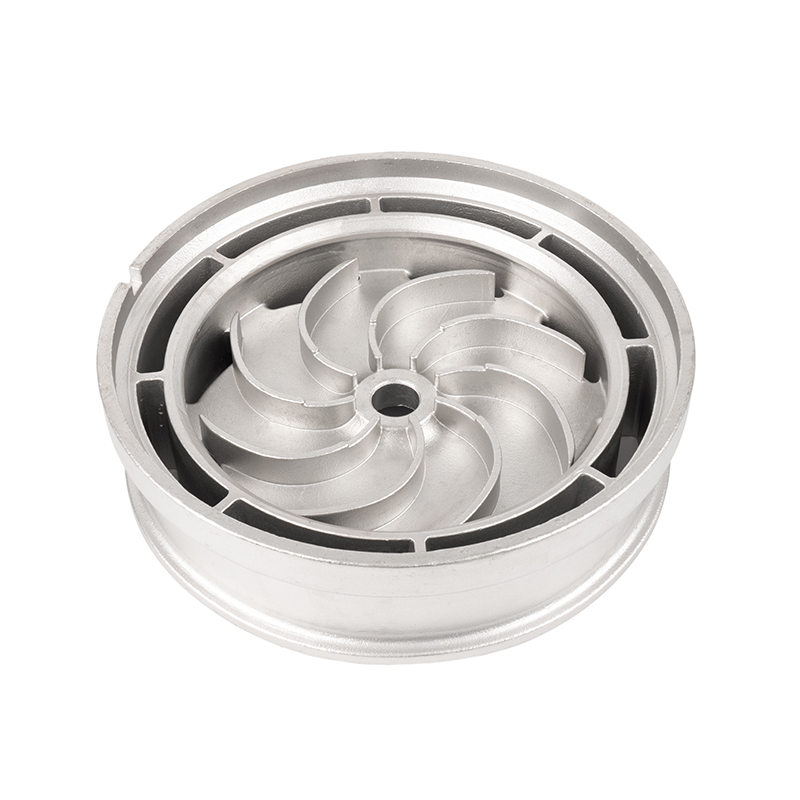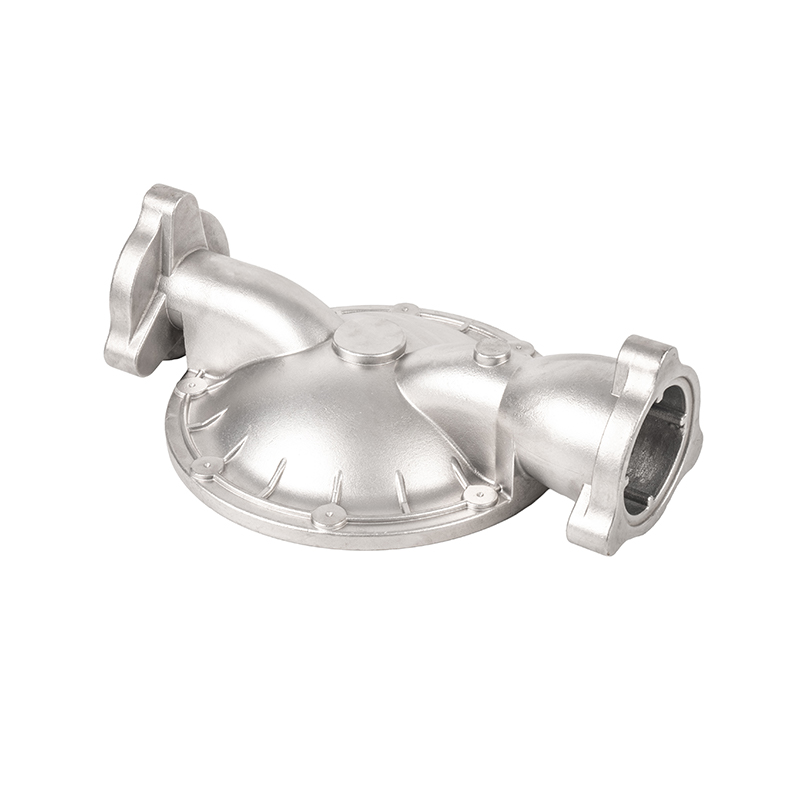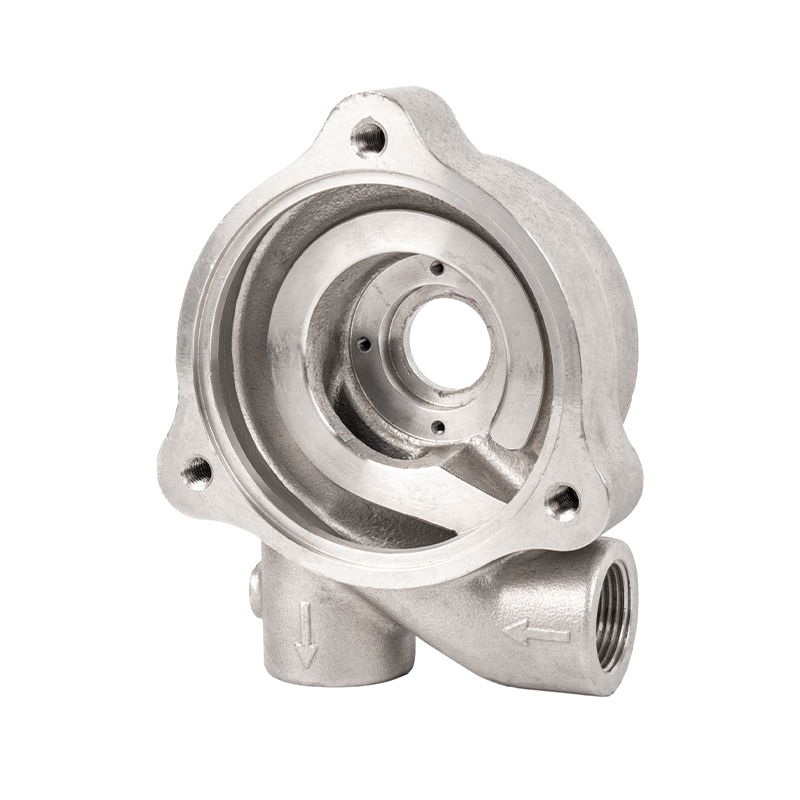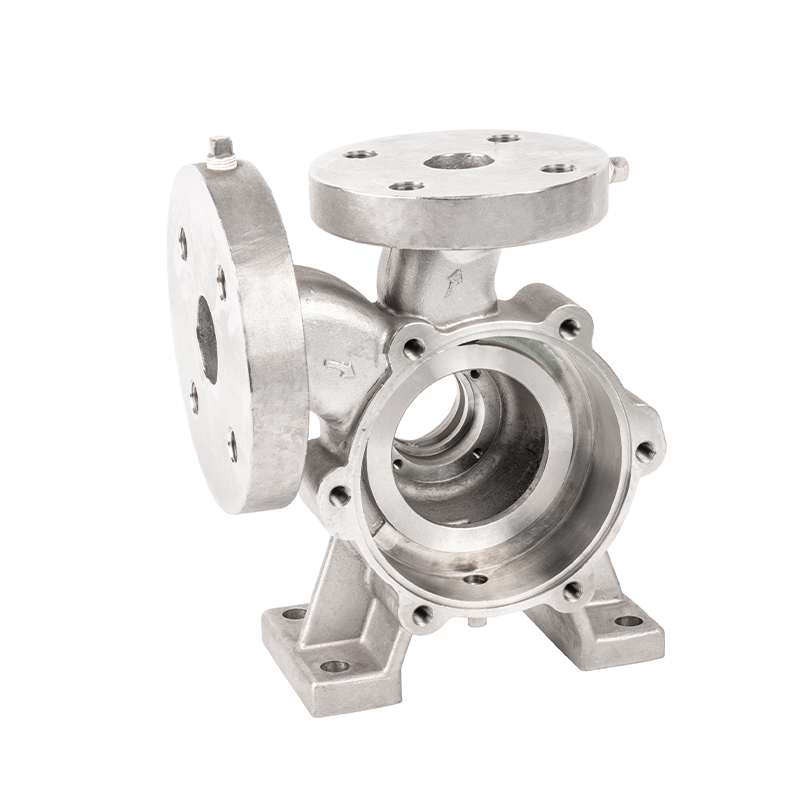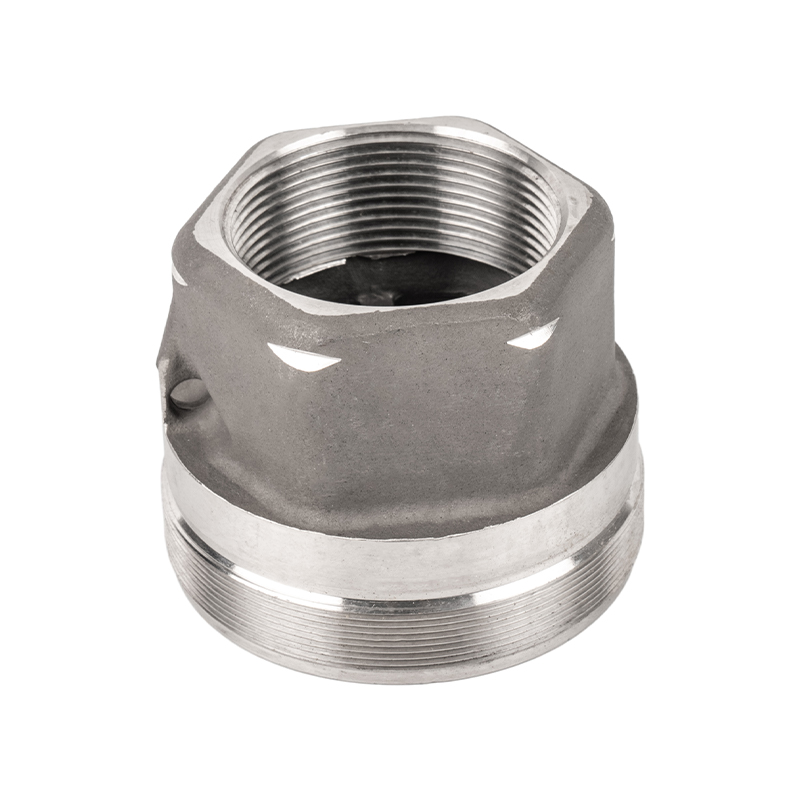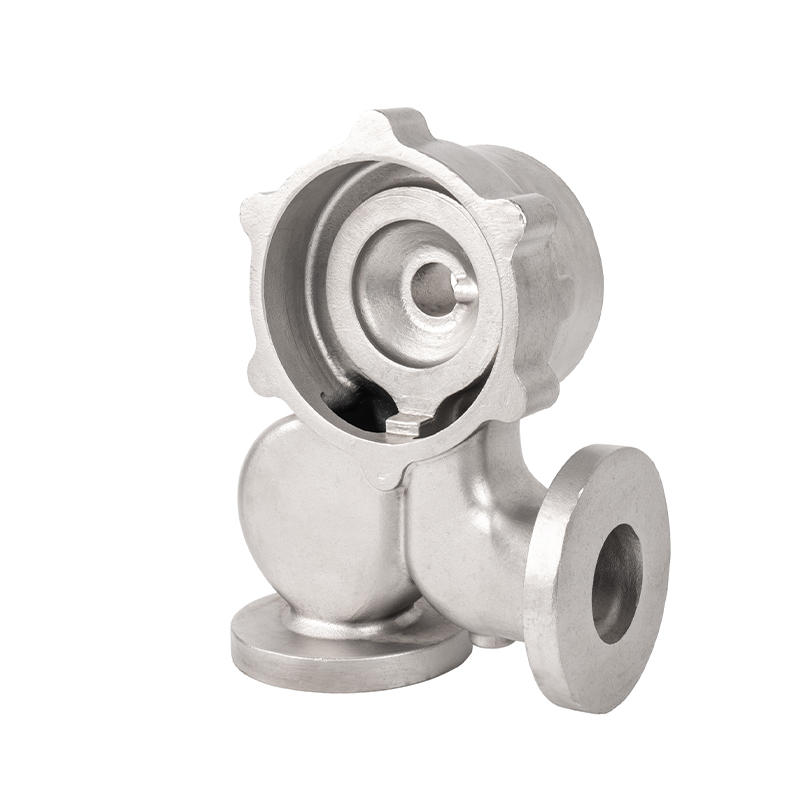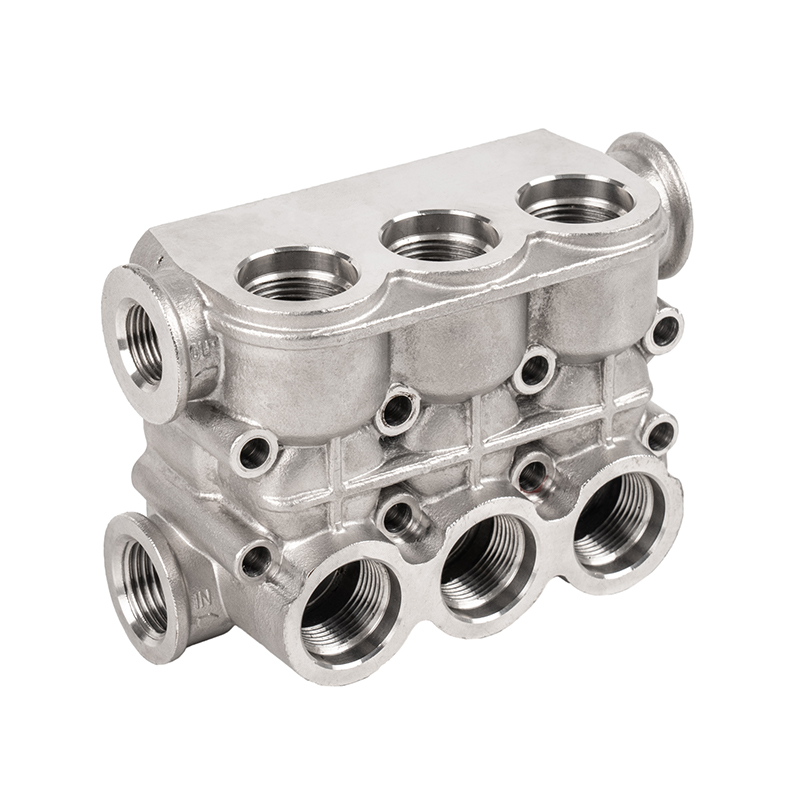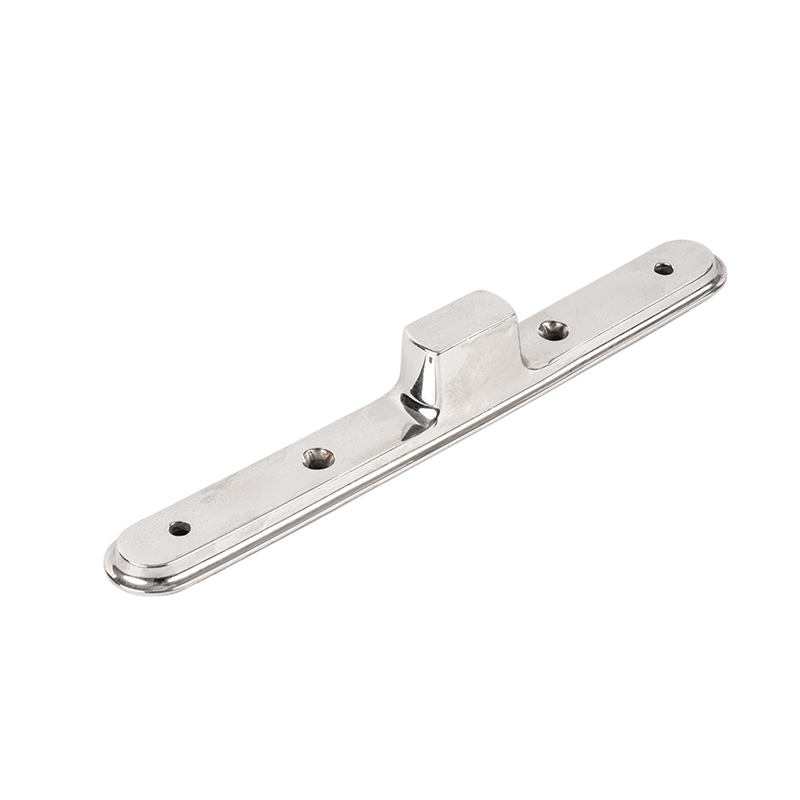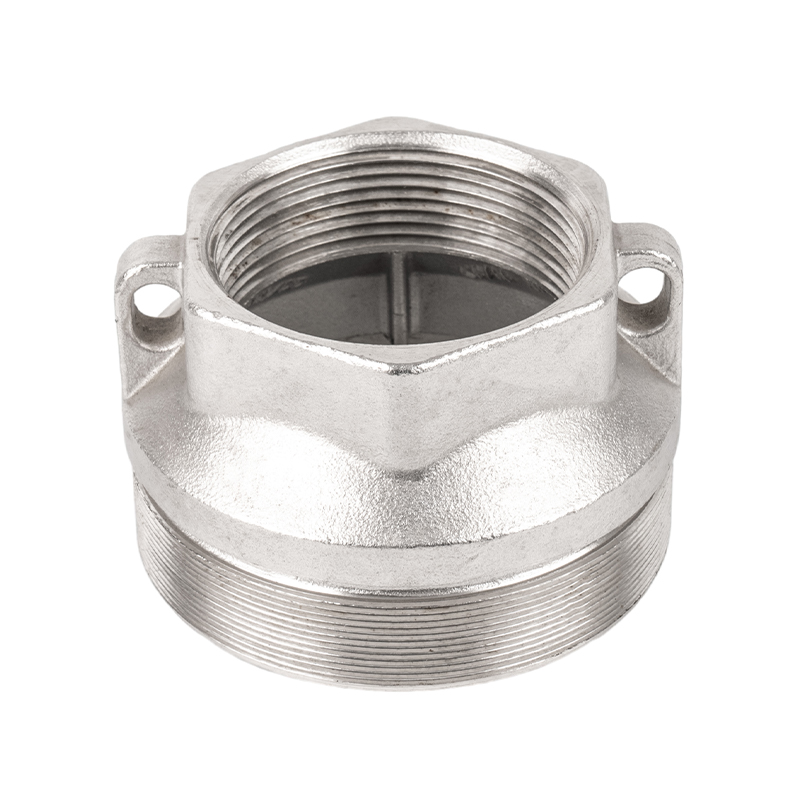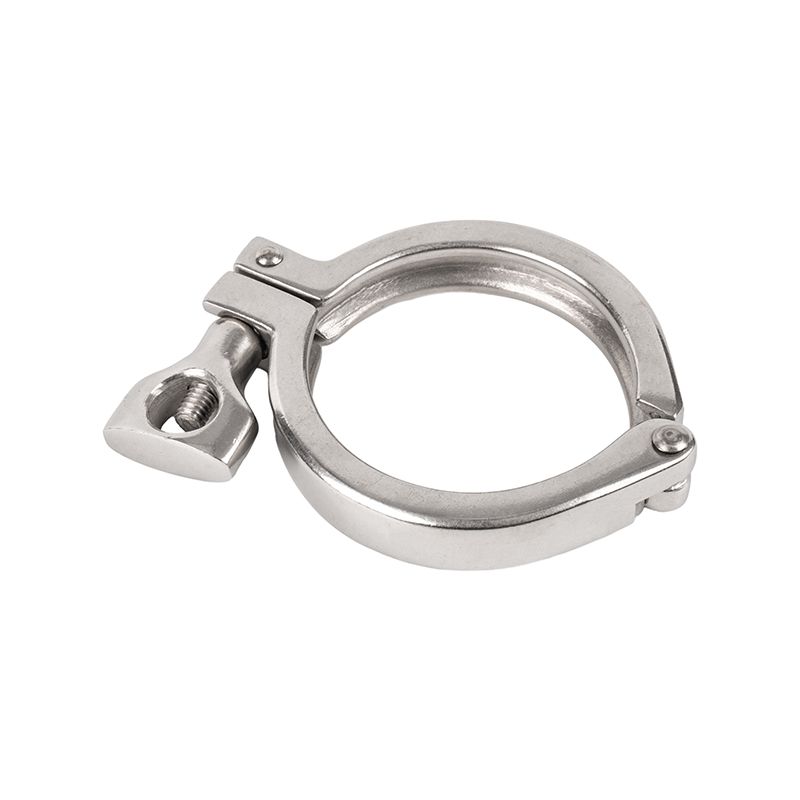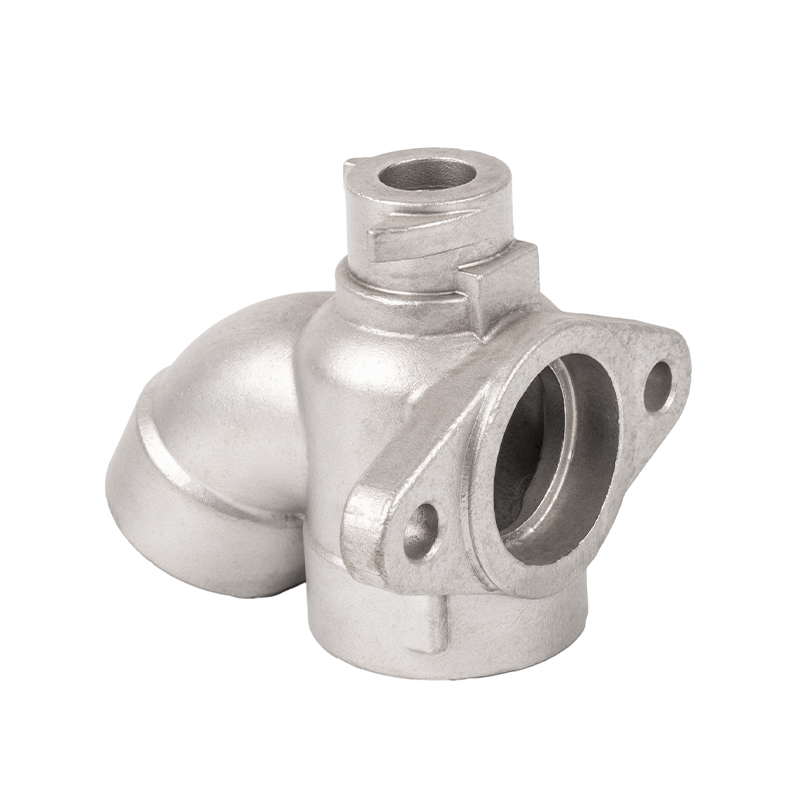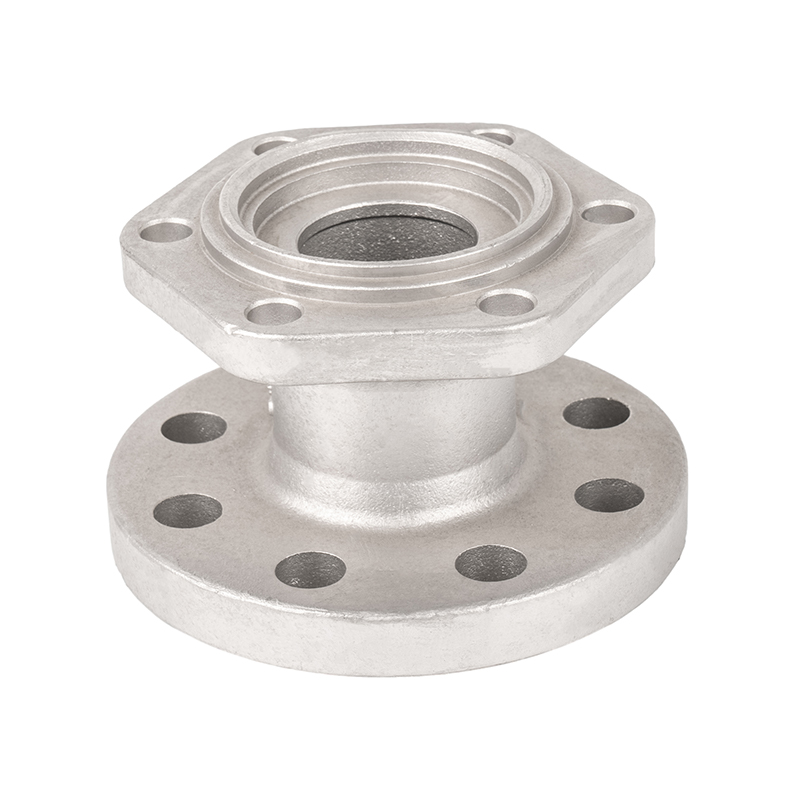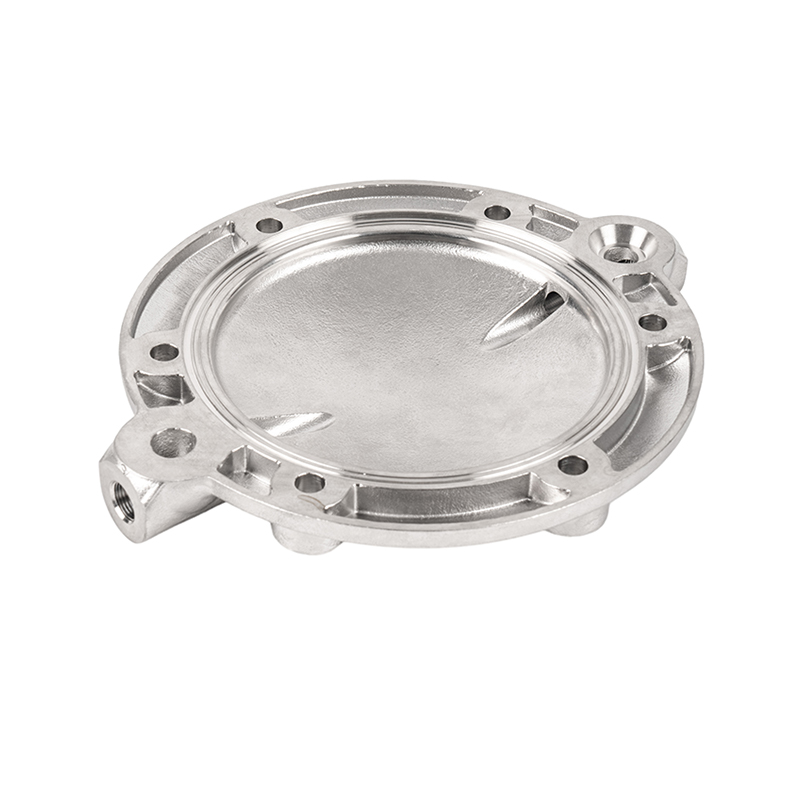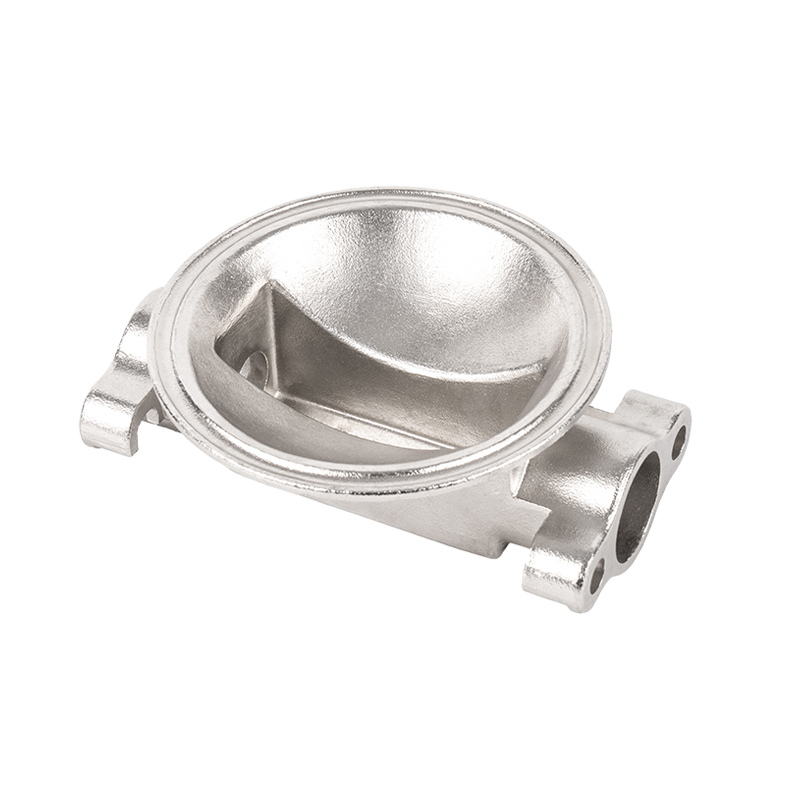Which nondestructive testing methods should be used for internal defects in blade impeller castings
Blade impeller castings are core components of critical fluid processing equipment such as pumps, compressors, and turbomachinery. Their internal quality directly determines the equipment's hydraulic performance, operating efficiency, and service life. Impellers are prone to various internal defects during the casting process, such as shrinkage, porosity, gas holes, slag inclusions, and internal cracks. These defects can act as stress concentration points under static or dynamic loads, leading to fatigue damage or even catastrophic failure. Therefore, comprehensive and accurate assessment of these internal defects using advanced nondestructive testing (NDT) techniques is crucial for ensuring the high reliability of blade impeller castings.
Radiographic Testing (RT)
Principles and Applications
Radiographic testing (RT) is one of the most classic and reliable methods for detecting internal defects in blade impeller castings. It uses gamma rays or X-rays to penetrate the casting. Differences in the radiation intensity attenuation are recorded on film or a digital detector, forming an image.
Target Defect Detection: RT is highly sensitive to volumetric defects such as shrinkage cavities, porosity, pores, slag inclusions, and large internal cracks.
Technical Features: The images are intuitive, demonstrating the shape, size, and spatial location of defects. For closed impellers with complex shapes, RT can penetrate the thick areas of the hub and blades, providing a comprehensive view of internal quality.
Limitations and Challenges: Complex blade contours require precise transillumination geometry to ensure that the beam is parallel to possible planar defects (such as cracks in thin-walled blades). Furthermore, the thickness of impellers varies greatly, requiring variable-thickness exposure techniques or multiple films with varying exposure doses to cover the entire casting.
Ultrasonic Testing (UT)
Principles and Applications
Ultrasonic testing (UT) utilizes the propagation, reflection, and refraction properties of high-frequency ultrasound within castings to detect and locate defects.
Target Defect Detection: UT is highly effective for both planar defects (such as internal cracks and lack of fusion) and volumetric defects (such as large shrinkage cavities). It offers advantages over RT for detecting internal cracks.
Technical Features: It offers high penetration depth and high positioning accuracy, enabling rapid determination of defect depth and size. This is particularly important for inspecting thick impeller castings.
Limitations and Challenges: The coarse grain structure of blade impeller castings causes acoustic wave scattering, reducing the signal-to-noise ratio. The complex geometry and curved surface profiles of the blades and hub make probe coupling difficult and prone to generating false reflection signals, requiring experienced operators for accurate interpretation. Phased Array Ultrasonic Testing (PAUT) technology can be used to overcome the challenges of complex geometries by electronically controlling the direction and focus of the acoustic beam, improving inspection efficiency and accuracy.
Eddy Current Testing (ET)
Principles and Applications
Eddy current testing (ET) is based on the principle of electromagnetic induction and is primarily used to detect surface and near-surface defects, but can also be used to detect internal defects in specific applications.
Target Defects: Eddy current testing is primarily used in NDT of impeller castings to detect near-surface cracks and assess material uniformity.
Technical Features: Fast inspection speed, no need for couplant, and suitable for automated scanning.
Limitations and Challenges: Limited penetration depth makes it unsuitable for detecting volumetric defects such as shrinkage cavities or porosity deep within the impeller. It is primarily used as a supplement to surface crack detection (often in conjunction with magnetic particle or penetrant testing) or for rapid inspection of conductive materials (such as stainless steel impeller castings).


 English
English Español
Español русский
русский 中文简体
中文简体

